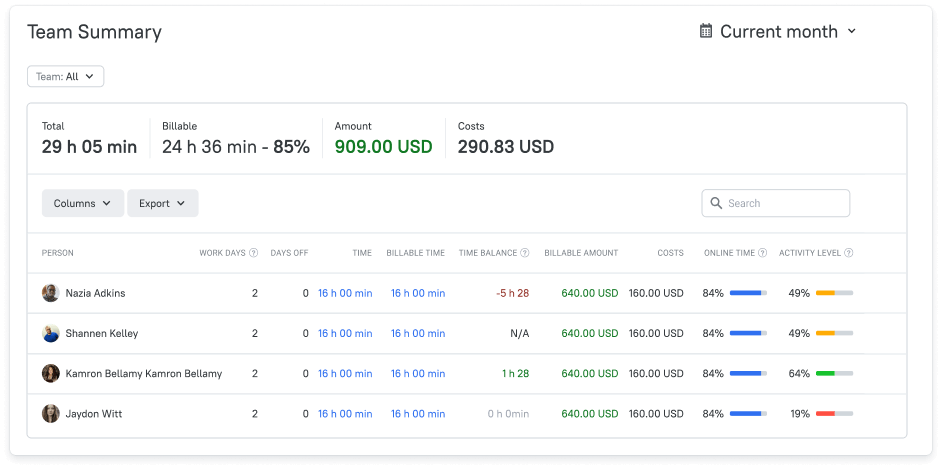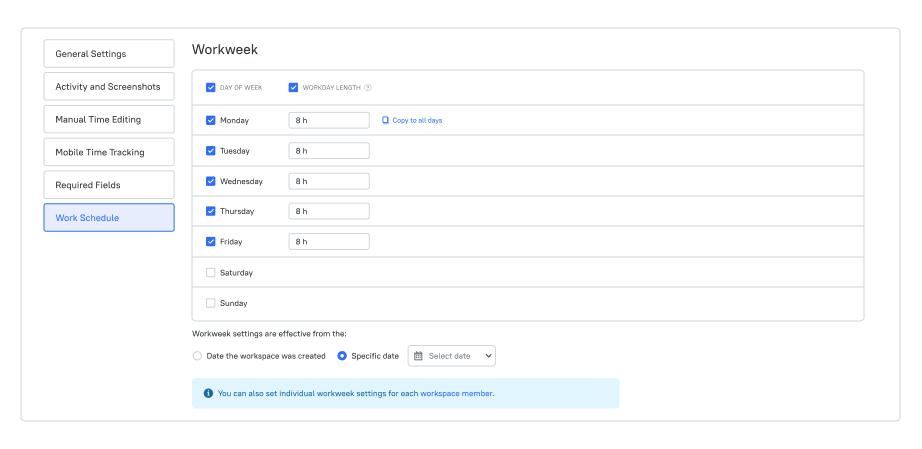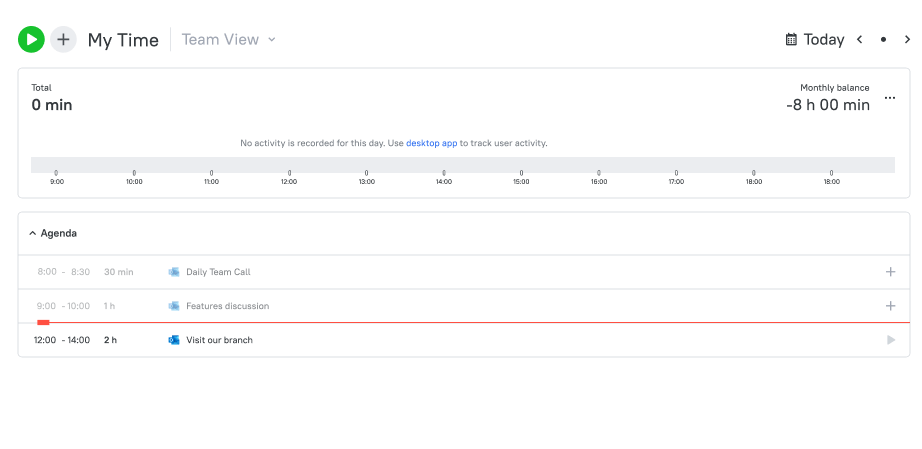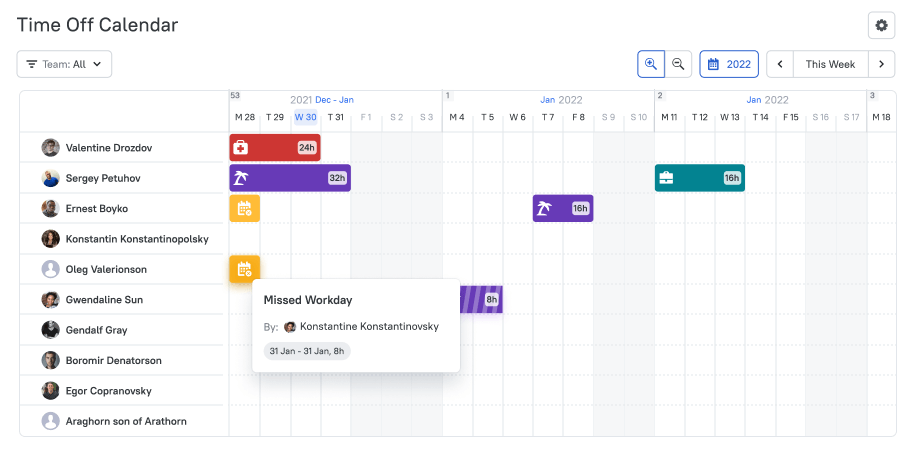Beige: Survival
The beige stage is the first stage of development driven by survival instincts and characterized by:
- a lack of self-awareness
- reaching goals of immediacy.
Groups and individuals at the beige stage show a limited ability to differentiate between their own drives and those of others.
Businesses and teams in this stage are primarily concerned with achieving their basic goals: searching for relevant business niches, stating their mission, thinking in the short-term perspective, and responding to market conditions without trying to forecast trends.
Bottom Line: At this stage, teams are characterized by a lack of identity, priorities set in a short-term perspective, and goal achievement based on urgency rather than importance.





 A software vendor with 25 years of experience.
A software vendor with 25 years of experience.